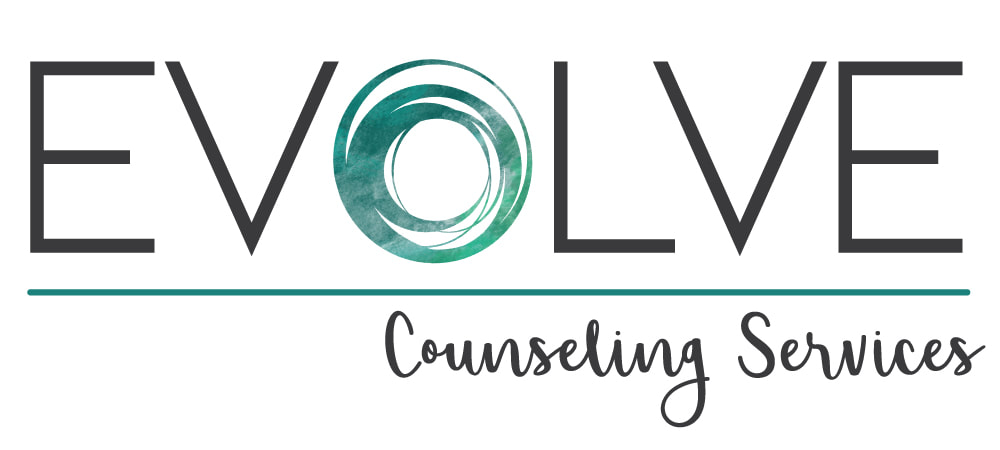
The Impact of Going Back to School on Teen Eating Disorders
September 6, 2024
Navigating Mental Health Challenges in College: Understanding and Supporting Students
September 12, 2024What is Self-Harm?
Self-harm, also known as self-injury, is a behavior where individuals intentionally inflict pain or injury on themselves as a way to cope with overwhelming emotions, stress, or situations. It is not a mental illness itself, but it is often associated with underlying mental health conditions such as depression, anxiety, borderline personality disorder, and post-traumatic stress disorder (PTSD).

Self-harm is a complex and multifaceted issue that can take many forms. It is essential to understand that while it is a coping mechanism, it is harmful and dangerous. Those who engage in it often feel trapped in a cycle of emotional pain that they cannot easily escape.
Forms of Self-Harm
Self-harm can manifest in various ways, and it is not limited to physical injury. Some of the most common forms include:
- Cutting: Using sharp objects like razors, knives, or broken glass to make cuts on the skin, usually on the arms, legs, or torso.
- Burning: Using heat sources such as lighters, matches, or cigarettes to burn the skin.
- Hitting or Banging: Repeatedly hitting oneself against hard surfaces or using objects to hit the body.
- Scratching: Intensively scratching the skin to the point of bleeding or causing damage.
- Hair Pulling (Trichotillomania): Pulling hair from the scalp, eyebrows, or other body parts.
- Poisoning or Overdosing: Taking harmful substances or excessive amounts of medication not to end one’s life but to cause harm or pain.
- Interference with Wound Healing: Deliberately preventing wounds from healing by picking at scabs or reopening wounds.
- Ingesting Non-Edible Substances: Swallowing items not meant for consumption, such as chemicals or objects.
Why Would Someone Self-Harm?
Understanding why someone would harm themself is crucial in addressing the behavior and providing support. There are several reasons why an individual might engage in self-harm:
- Emotional Release: Many people who self-harm describe it as a way to release pent-up emotions, such as anger, frustration, or sadness. The physical pain can temporarily distract from or numb emotional pain.
- Sense of Control: For some, it provides a sense of control when they feel powerless. Inflicting pain on themselves may be a way to exert control over their own body when they think they have little control over their lives.
- Self-Punishment: Individuals who struggle with feelings of guilt or self-loathing may use self-harm as a way to punish themselves. They may believe they deserve pain or that it will atone for perceived failures or wrongdoings.
- Expression of Inner Turmoil: Self-harm can serve as a visible manifestation of internal emotional distress. Some people use it to communicate their pain to others when they cannot do so with words.
- Feeling Alive: Sometimes, it is used to feel something when an individual is emotionally numb or disconnected from reality.
- Coping Mechanism: For many, self-harm becomes a coping mechanism, albeit an unhealthy one. It may provide a temporary relief, though it is often short-lived and followed by feelings of shame or guilt.
Does Self-Harm Lead to Suicide?
A common misconception is that self-harm is a direct precursor to suicide. While both involve inflicting harm on oneself, they are not synonymous. It is crucial to distinguish between self-harm and suicide.
Self-harm is often not about wanting to die but rather about wanting to cope with life. Many people who act out in this way do not have suicidal intentions; instead, they use it as a way to manage their emotions or to feel some sense of control. However, the presence of self-harm is a significant indicator of psychological distress, and it does increase the risk of suicidal thoughts and behaviors.
Suicide, on the other hand, is an act that is intended to end one’s life. While self-harm and suicide can sometimes overlap—particularly in cases where the harm escalates or when the individual’s emotional state deteriorates—they are motivated by different psychological needs.
The relationship between self-harm and suicide is complex. Self-harm can sometimes lead to accidental death, even if suicide was not the original intent. Additionally, it may escalate in severity over time, potentially leading to suicidal ideation.
Research shows that individuals who harm themselves are at a higher risk of attempting suicide in the future, particularly if they feel hopeless or if their underlying issues remain unaddressed.
Get Help Today
Understanding what self-harm is, why it occurs, and its potential link to suicide is crucial for providing the proper support and intervention. It is a cry for help, a way to cope with overwhelming emotions, and a sign of deep psychological distress. While it is not inherently a suicide attempt, it is a dangerous behavior that requires attention and care. If you or someone you know is struggling with self-harm, it is vital to seek professional help to address the underlying issues and find healthier ways to cope with emotional pain.
_________________________________________________________________________________
Looking for treatment for an eating disorder, anxiety, depression, trauma, or postpartum mood disorder?
Evolve Counseling Services is a specialized team of Licensed Therapists providing treatment in Paoli.



